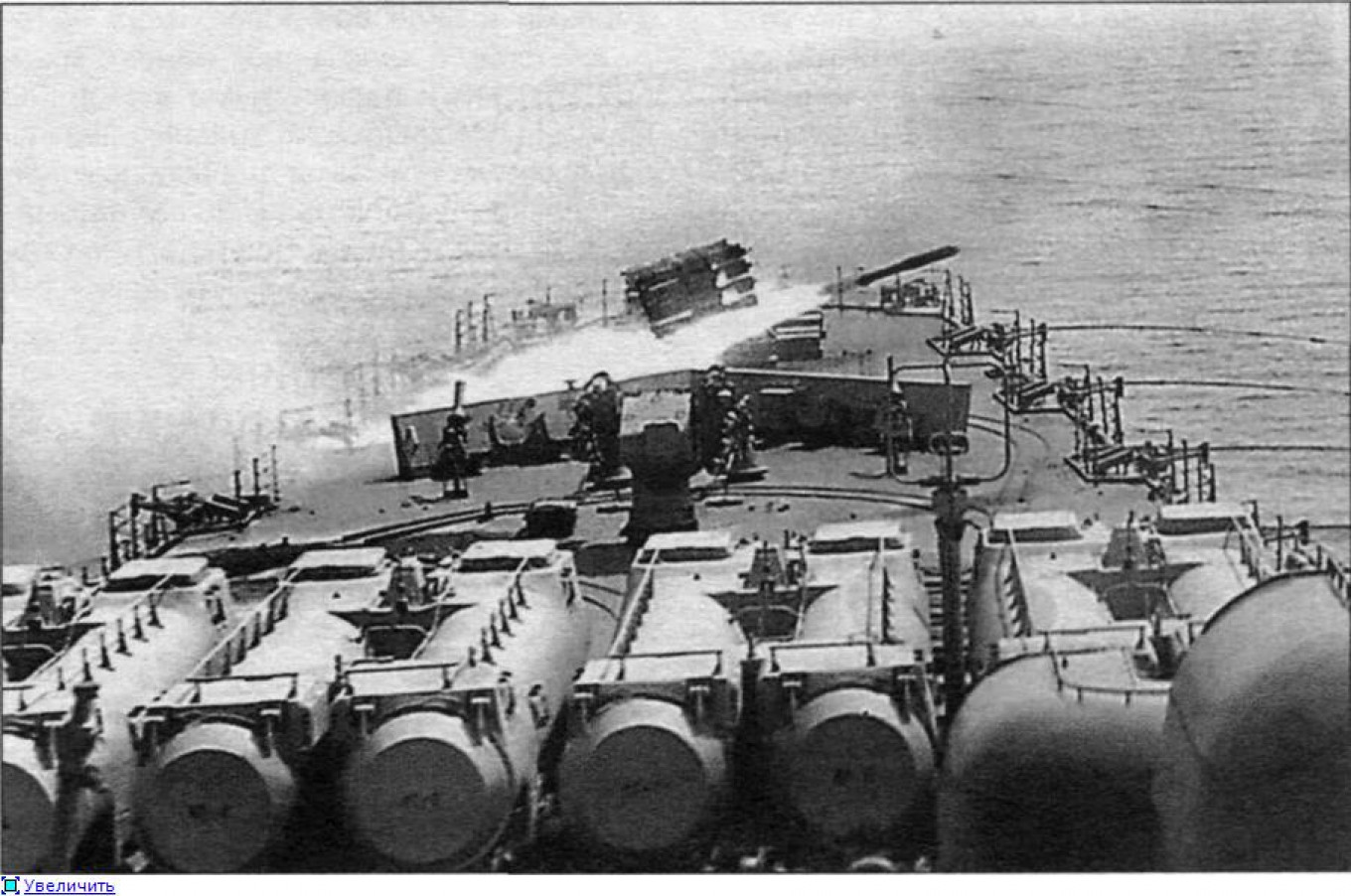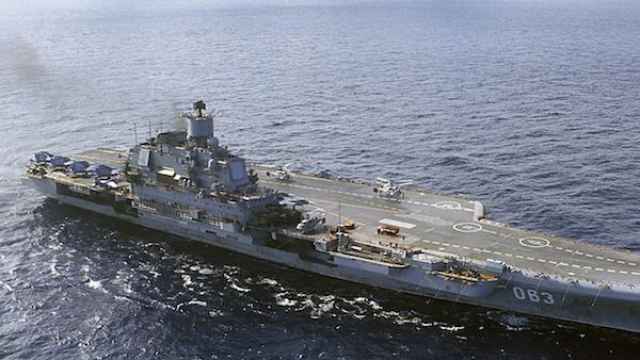The Russian Navy has announced it will be going into 2017 with more weapons — though not all the technology included in this “modernization” will be new.
Starting in 2017 the SPLAV arms firm will renew supplies of “Udav 1-M” and “Zapad” multiple rocket launcher systems to the Navy, according to SPLAV’s director. It does so after a 20 year intermission. Meanwhile, the Navy also plans to develop shipborne unmanned aerial vehicles (UAVs), commonly known as drones, according to the Major General Igor Kozhin.
In the 2017-2020 period, the Navy will also add Mig-29K and Mig-29KUB fighter jets to its park of shipborne fighter aircrafts, and will replace Ka-29 attack helicopters with more advanced Ka-52K “Katran” helicopters.
In total, the Russian Navy will receive around 100 new airborne vehicles by 2020, Kozhin said.
The two announcements present a complicated picture of naval modernization. The Udav and Zapad missile systems – used to defend ships from missiles, torpedoes, and submarines – are hardly new, but do represent increased firepower. UAVs, on the other hand, are a more recent technological development that Russia has increasingly sought to harness. In 2012, the Defense Ministry invested 5 billion rubles ($81.6 million) to develop drones.

Since the late 2000s, Russia has placed an increasing emphasis on military modernization, planning to spend 20 trillion rubles ($326.2 billion) on the project between 2011 and 2020. The country’s annexation of Ukraine’s Crimean peninsula and its military operations in Syria have emphasized the Russian military’s growing strength.
However, modernization has proven a challenge, particularly for the Navy. Russia’s Black Sea Fleet largely languished for years in Ukrainian-controlled Crimea. Although the peninsula’s annexation gave Russia a free hand to modernize and utilize the fleet, Western-imposed sanctions affecting military technology imports and a tanking economy have hindered upgrade efforts.
Russia’s October 2016 deployment of eight naval ships – including the Admiral Kuznetsov, Russia’s only aircraft carrier – to the eastern Mediterranean was both a major show of strength and a failure of optics.
The internet mocked the enormous cloud of diesel smoke billowing from the 30-year-old Admiral Kuznetsov as it wended its way to Syria. In December, two fighter jets crashed during takeoff from the carrier.
A Message from The Moscow Times:
Dear readers,
We are facing unprecedented challenges. Russia's Prosecutor General's Office has designated The Moscow Times as an "undesirable" organization, criminalizing our work and putting our staff at risk of prosecution. This follows our earlier unjust labeling as a "foreign agent."
These actions are direct attempts to silence independent journalism in Russia. The authorities claim our work "discredits the decisions of the Russian leadership." We see things differently: we strive to provide accurate, unbiased reporting on Russia.
We, the journalists of The Moscow Times, refuse to be silenced. But to continue our work, we need your help.
Your support, no matter how small, makes a world of difference. If you can, please support us monthly starting from just $2. It's quick to set up, and every contribution makes a significant impact.
By supporting The Moscow Times, you're defending open, independent journalism in the face of repression. Thank you for standing with us.
Remind me later.






